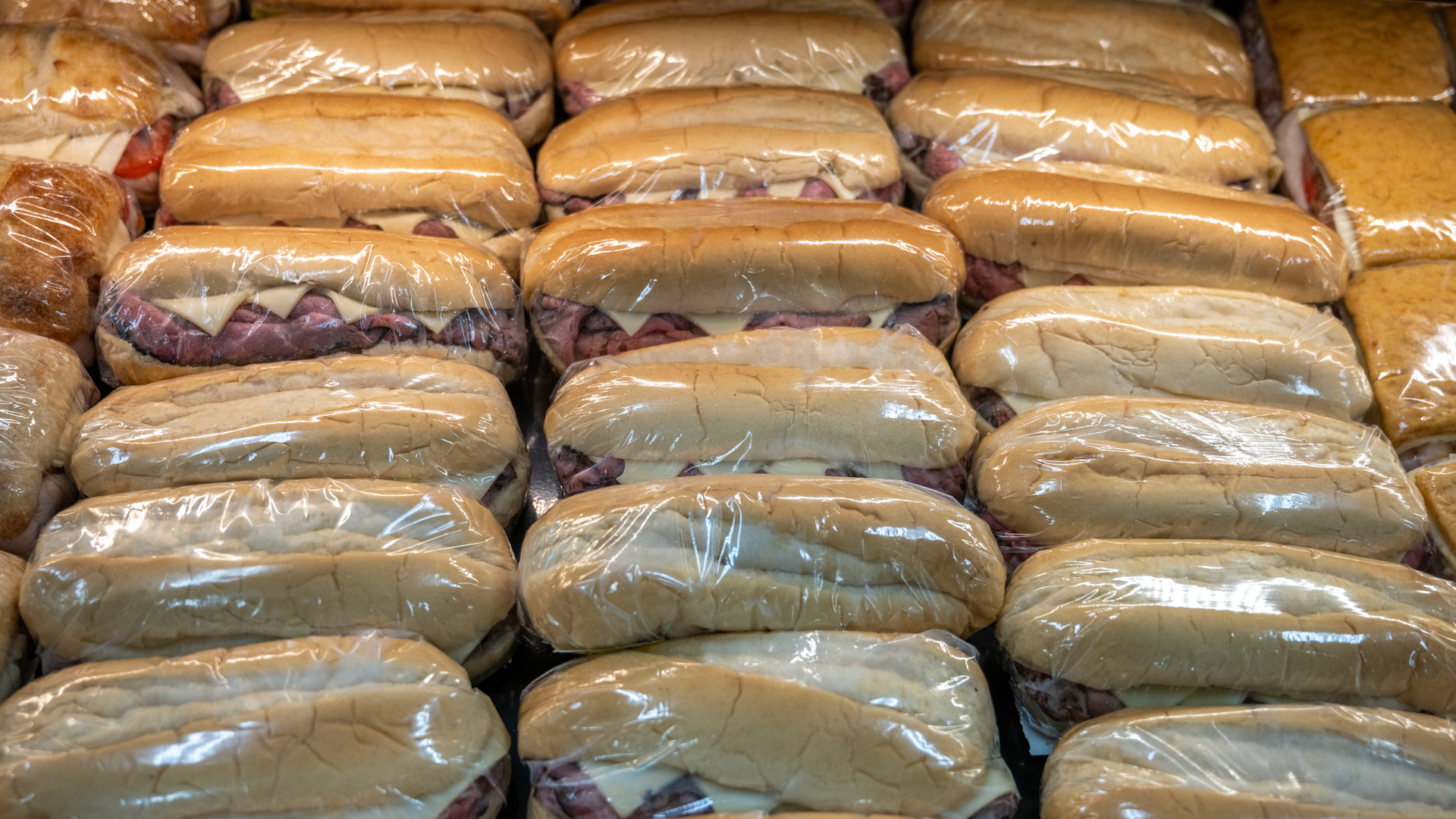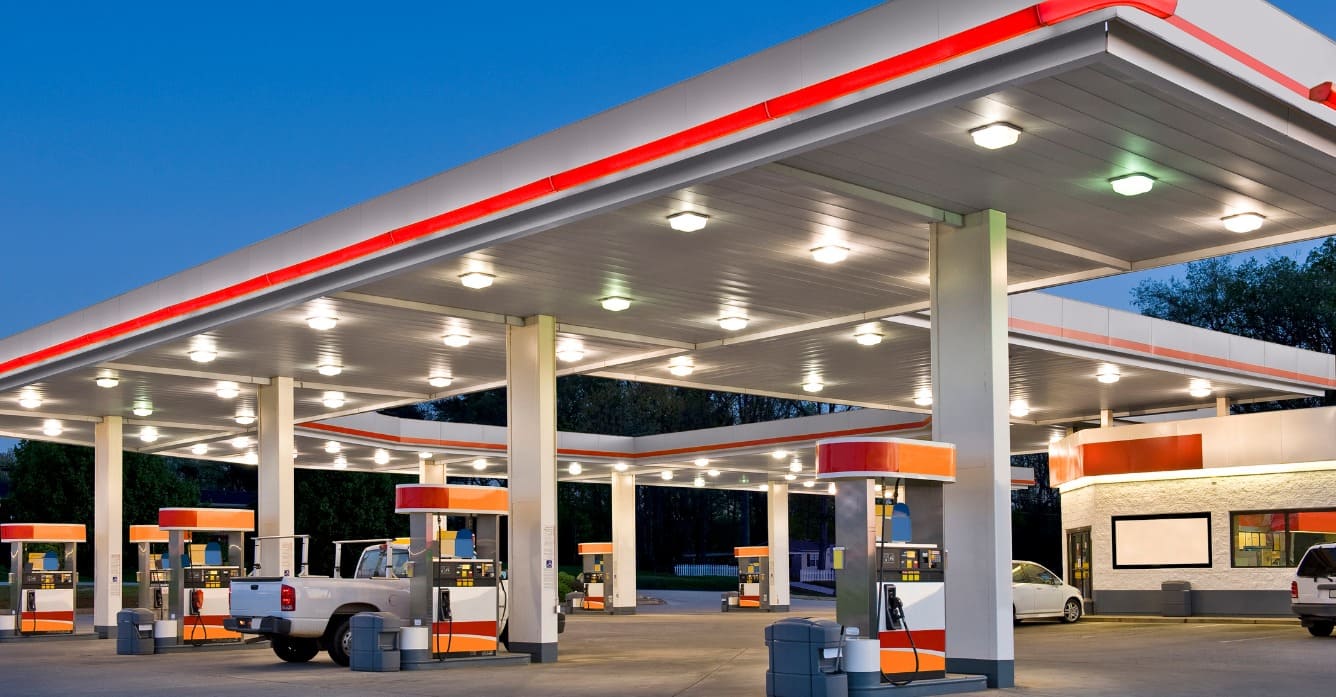Huw Davies, Program Manager and Pre-Sales Engineer
Josh Coalts, Labor Program Manager
The convenience store is a huge part of the food retail market. As in the rest of retail, changes in convenience retailing have been significant over the past 30 years. In 1990 we had never heard of the internet, DVDs or a smartphone. In the United Kingdom, the convenience store was still very much the corner shop. There was no such thing as a Tesco Express (there’s over 1,700 today.) In the United States, much of the convenience business revolved around the gas station, where the retail offer was not much more then coffee, soda and cigarettes.
Move forward to 2020 and convenience retailing is very different
Evolution of the convenience store in the U.S. and U.K. has followed similar routes, increasing their range of offers, size of store, and adapting to the demands of their local customers. In the U.S., they have become all-in-one destinations aimed at reducing the overall number of stops a customer must make. In the U.K., the convenience store now stands where the local pub once stood, and the same stores can also be found in railway stations, airports and motorway service stations.
In both the U.S. and U.K., larger national, regional and international chains have become increasingly dominant. The convenience format has evolved with the changing expectations of customers. We want fresh food on the go to eat now. We want a barista-standard coffee. We want to collect the package we ordered online. The range of products stocked in convenience stores has grown, with more fresh and frozen products. Where once the store may have been staffed by a solo clerk or two, now there’s an entire team. This has introduced a host of operational and food safety challenges never seen in the convenience store model.
Technology has played a big part in the transformation of the convenience store
Often these stores are at the forefront of innovation. Some examples are mobile payment, “checkoutless stores” and digital on-shelf pricing. Over the past three decades, we have seen scanning at checkouts introduced and a move away from the manual ordering of stock. More recently, we have started to see the move towards online ordering for curbside collection or delivery. The added complexity makes it more challenging to plan and manage labor.
Convenience stores are great at adapting to the evolving world around them, and it’s likely that as we move towards a new normal, whatever that may look like, there is going to be more change to come. Where and when we work may be different, driving changes to how we shop, when we shop and what we shop. Our regulations around food and public safety will almost certainly change.
As the business changes and becomes more operationally complex, these smaller stores will need planning, execution and compliance support to remain successful, compliant and to meet customer expectations. In forthcoming posts (see part 2), we will look more closely at the impact technology, evolving offerings, and new regulations has had and solutions convenience stores can put into place to enable them to continue progressing into the future.




